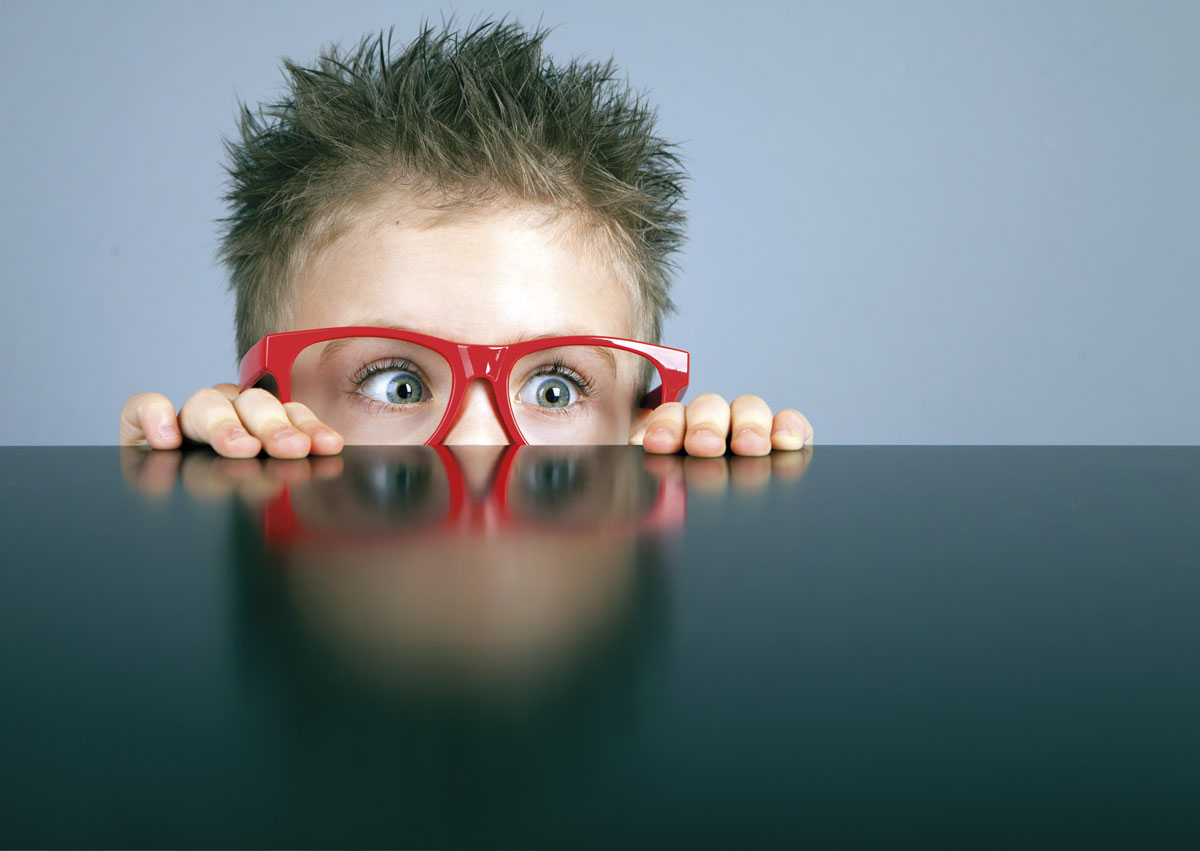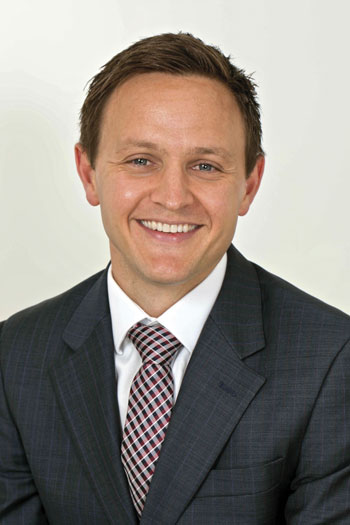 Ed: Myopia is considered a public health epidemic in many Southeast Asian countries where its prevalence has increased rapidly to affect nearly 90% of school leavers.
Ed: Myopia is considered a public health epidemic in many Southeast Asian countries where its prevalence has increased rapidly to affect nearly 90% of school leavers.
In Australia the prevalence is lower with significant differences between Southeast Asians (40%) and Caucasians (20%); and while it is not at epidemic levels the prevalence is increasing. Nearly half of the global population is expected to be myopic by 2050.

Myopia results in blurred distance vision when the length of the eye is too long for its focusing power. This lengthening causes thinning of the globe and increases the risk of blinding eye conditions including retinal detachment, macular degeneration, cataract and glaucoma.
It usually begins in primary school (6-10 years old) and typically progresses until late teens/early 20s. While it can be corrected with glasses, contact lenses or even laser surgery, these treatments do not reverse the structural changes in the eye, nor do they slow progression.
The goal of treatment is to prevent children becoming highly myopic (-6.00 D or worse) as beyond this level myopia-related complications increase significantly.
Myopia progression can be modified by behavioural and environmental factors. Less time spent outside and excessive near activity are the most recognised contributors.
Children should be encouraged to spend at least 10-15 hours a week engaged in outdoor activity. This is considered to significantly decrease the risk of myopia from developing. Frequent breaks from any near-activity (including reading, study or device use) of at least 15 minutes every hour should be encouraged. Reading should be done in good lighting which means both room lights and desk lights on since light exposure appears protective.
Two interventions commonly used to reduce myopia progression are orthokeratology lenses (OrthoK) and low-dose atropine (0.01%). OrthoK are hard contact lenses worn overnight which corrects the eyes prescription so that no glasses are needed during the day. It reduces the rate of progression by 40%. Disadvantages are the challenges and tolerance of fitting hard lenses in a child, myopic rebound, and the risk of corneal infection.
Low-dose atropine reduced myopic progression by up to 60% in a trial of Singaporean school children. It is used daily for at least two years and is well tolerated with minimal side effects.
However, it has not been proven effective in slowing progression in non-Asian children, children older than 12 years, or in the long term. Despite this, atropine is being prescribed widely to children in the community, though its use is considered off label.
The LEI is undertaking a trial with WA schoolchildren on the safety and efficacy of low-dose atropine.
Key Messages
- Myopia is increasing in school aged children
- Treatment? A low dose atropine trial in WA schoolchildren may help.
References available on request.
Questions? Contact the editor.
Author competing interests: Funds for the LEI clinical trial come from the Telethon Perth Children’s Hospital Research Fund and the Ophthalmic Research Institute of Australia.
Disclaimer: Please note, this website is not a substitute for independent professional advice. Nothing contained in this website is intended to be used as medical advice and it is not intended to be used to diagnose, treat, cure or prevent any disease, nor should it be used for therapeutic purposes or as a substitute for your own health professional’s advice. Opinions expressed at this website do not necessarily reflect those of Medical Forum magazine. Medical Forum makes no warranties about any of the content of this website, nor any representations or undertakings about any content of any other website referred to, or accessible, through this website.

